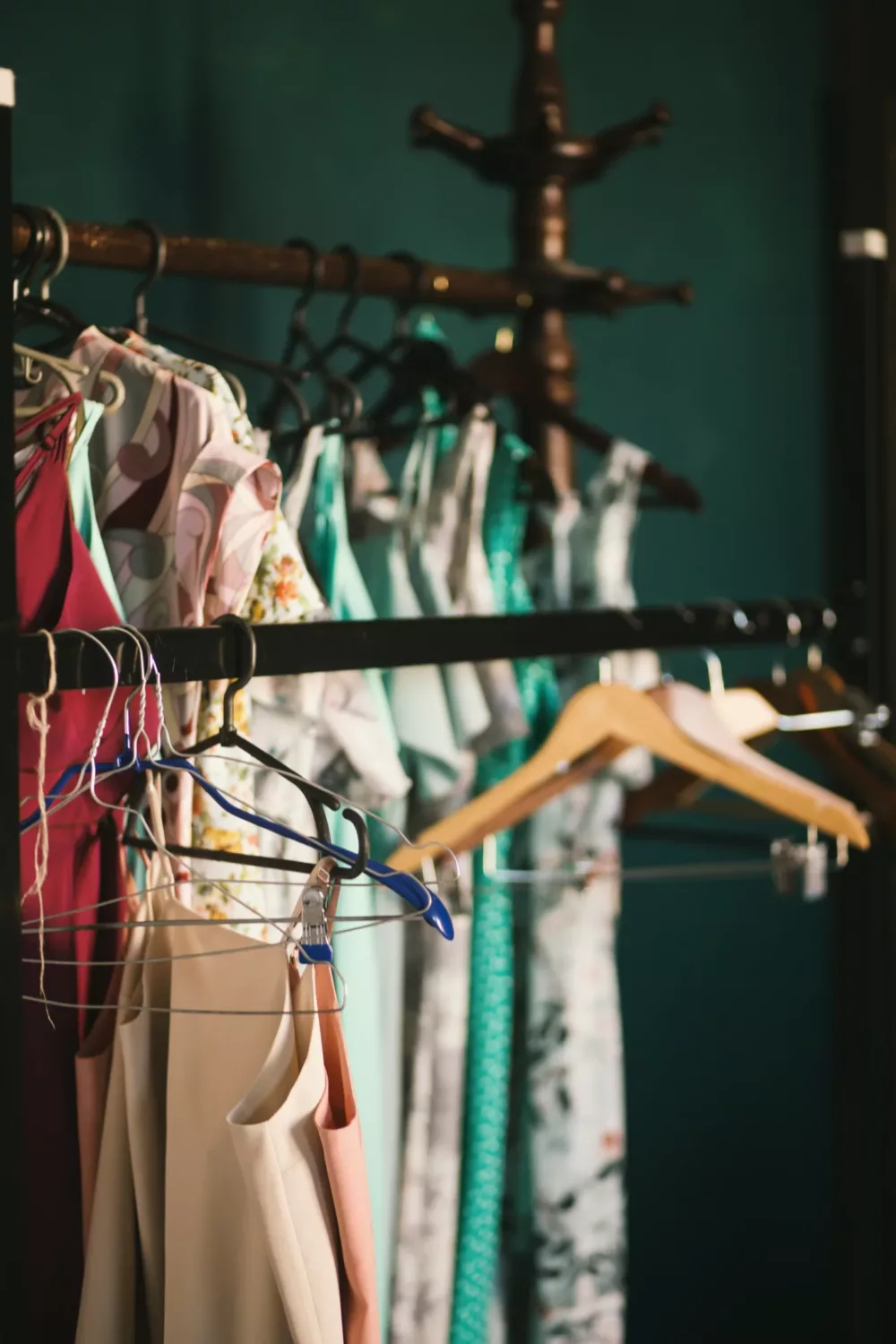Welcome to the behind-the-scenes scoop on making your fashion business a big hit! Designing unique clothes is cool, but knowing your financials is what really makes your brand shine. Let's dive into some Financial Tips for Fashion Entrepreneurs that will teach you to handle your cash like a pro.

1. Smart inventory management
You don't want too much stuff sitting around, gathering dust, and tying up your money. Keep an eye on what's selling and what's not to adjust your inventory accordingly.
Use technology to help you track sales patterns and predict what customers want next. This way, you can order just the right amount of inventory without overstocking. When you place your order, negotiate with suppliers for the best deals and discounts.
Remember, fashion trends change fast, so don't get stuck with outdated inventory. Stay flexible and continuously adapt to new trends. And if something isn't selling, don't hesitate to mark it down or even liquidate it to free up space and cash for more promising items.

2. Stay on top of market trends
Trends change in the blink of an eye, so you gotta keep your eyes peeled. Go to fashion shows, check out trade fairs, and attend industry events. That way, you'll know what's hot and what's not. Being ahead of the game lets you plan ahead and make clothes people want to buy.
Customers love brands that are on-trend. If you know what's going to be popular before everyone else does, you can be the first to offer it. That makes your brand stand out and brings in more customers. Plus, you can charge higher prices for trendy stuff because people are willing to pay for it.
Don't just follow trends blindly, though. Pay attention to what your customers like. Sometimes, what's popular in the fashion world might not be what your customers want. So, strike a balance between following trends and meeting your customers' needs. Keep an eye on social media, listen to feedback, and adjust your offerings accordingly. That way, you'll stay relevant and keep your customers happy.

3. Efficient budget management
First, make a budget that covers everything, like production costs, marketing, and your team’s salary. Break it into categories to see where every dollar is going.
Then, keep a close eye on your cash flow. That means tracking the money coming in and going out. If you notice any dips or spikes, adjust your budget accordingly. Maybe you need to cut costs in one area or invest more in something to bring big returns.
Always look for ways to save money without sacrificing quality. Maybe you can find cheaper suppliers or negotiate better deals with vendors. Every penny counts when running a fashion business, so make sure your budget works as hard as you are.

4. Debt management strategies
Dealing with debts can be stressful, but you can tackle them wisely as a fashion entrepreneur. Start by understanding what you owe and to whom. List all your debts, including personal, business, and student loans. Knowing exactly what you're dealing with is the first step towards managing your debts effectively.
Next, explore options like refinancing to simplify your payments. Refinancing means replacing your existing loans with a new one that has better terms, like a lower interest rate. This can help you handle your monthly payments better and save you cash over time. Look into student loan refinance options or any other high-interest debts you may have.
Once you have a clear picture of your debts and their terms, prioritize them based on interest rates and payment terms. Concentrate on clearing debts with high interest rates first while making minimum payments on others. This strategy helps you save money on interest payments and accelerates your debt-free journey.

5. Maintain a healthy credit line
You should have access to money when needed without paying too much interest. To do this, pay your bills on time, every time. Whenever you have late payments, your credit score gets affected, and it is difficult to get a loan.
Keep an eye on the amount of credit you use compared to the total amount available, also known as credit utilization. Try to keep this ratio low, ideally below 30%. High credit card balances can make lenders assume that you might be struggling to manage your finances.
Building a good business credit score is also important. This shows lenders that you're reliable and can be trusted to repay your debts. To boost your business credit, consider opening a business credit card or line of credit and using it responsibly.
6. Diversify revenue streams
It means finding different ways to make money besides just selling clothes. This helps fashion entrepreneurs stay strong even if one part of their business isn't doing well.
One way to diversify is by offering services like styling or hosting fashion events. For example, you can charge people to attend workshops where you teach them how to dress stylishly. This brings in extra money and also helps build your brand.
Another way is to collaborate with other brands to create special collections. For example, you can team up with a shoe brand or a jewelry maker to create unique outfits. This not only adds variety to your offerings but also brings in new customers who might be interested in those brands.
7. Invest in marketing wisely
With so many options available, it's essential to choose the right strategies that deliver the best results for your brand. Start by analyzing the effectiveness of different channels, such as social media, influencer and email marketing, and traditional advertising. Look at metrics like engagement, conversion rates, and return on investment. Then, determine which channels drive the most value for your business.
Once you've identified the most effective marketing channels, allocate your budget accordingly. Focus on the strategies generating the highest returns and consider scaling back or reallocating resources from less effective channels. For example, if social media advertising drives more sales than traditional print ads, shift your budget toward social media marketing to maximize your impact and reach.
It's also vital to stay up-to-date with the latest marketing trends and technologies. The digital landscape constantly evolves, and new platforms and tools emerge regularly. Be informed about industry developments and try new marketing tactics to stay ahead.
8. Plan for seasonal fluctuations
Picture this: during the summer, people might flock to buy your breezy dresses and sunglasses. But those same items might gather dust on your shelves when winter comes. It's a cycle you can't ignore.
To tackle this, plan ahead like a savvy chess player. When the sun shines brightest, stock up on those summer essentials, but don't forget to keep an eye on the calendar. As the leaves start to fall, gradually shift your focus to cozy sweaters and stylish coats. It's all about timing and staying one step ahead of the seasons.
Flexibility is key. If summer sales soar beyond expectations, great! But if winter arrives early and your summer stock is still sitting pretty, don't panic. Get creative with promotions or bundle deals to clear out old inventory and make room for the next season's must-haves. Remember, adaptability keeps your business resilient in the face of changing winds.
Looking good is essential in fashion, but so is handling money wisely. Following these basic financial tips can keep your fashion business strong and growing. With smart planning and careful choices, you'll make your mark in fashion while keeping your bank account happy.

















Leave a Reply